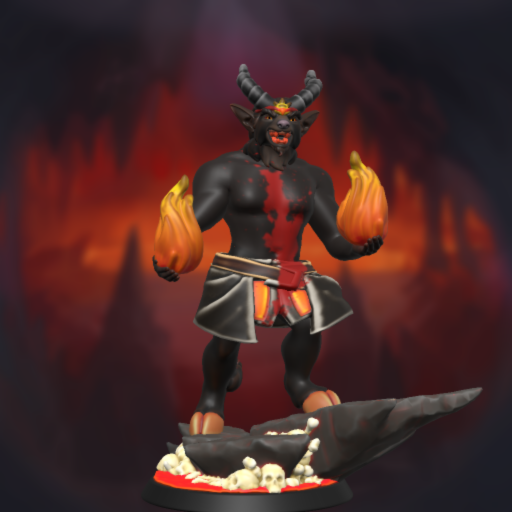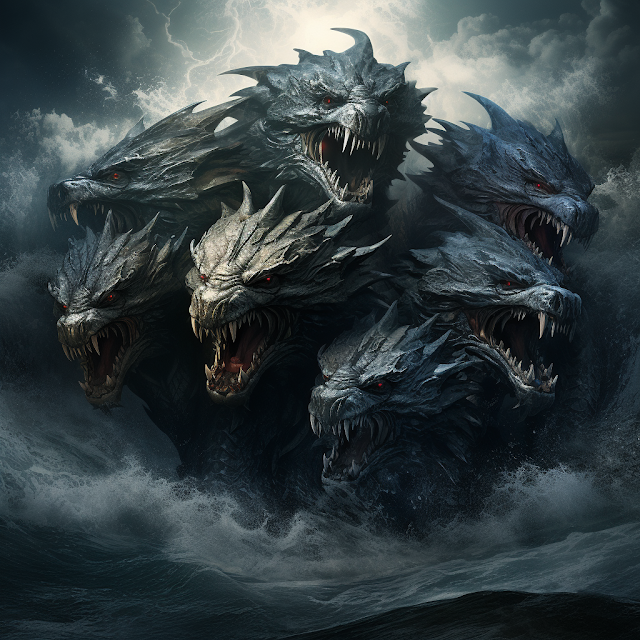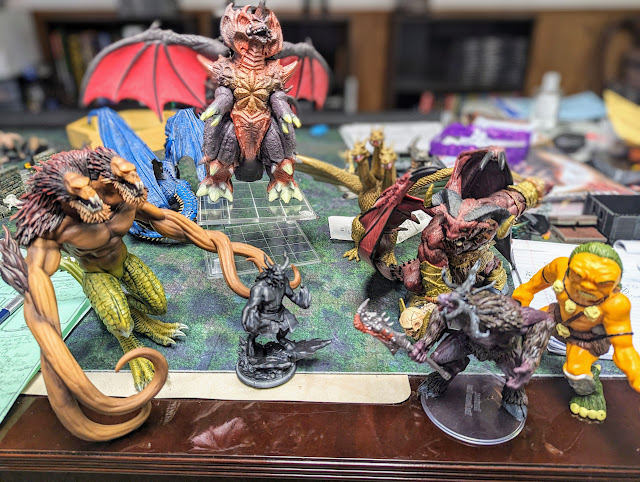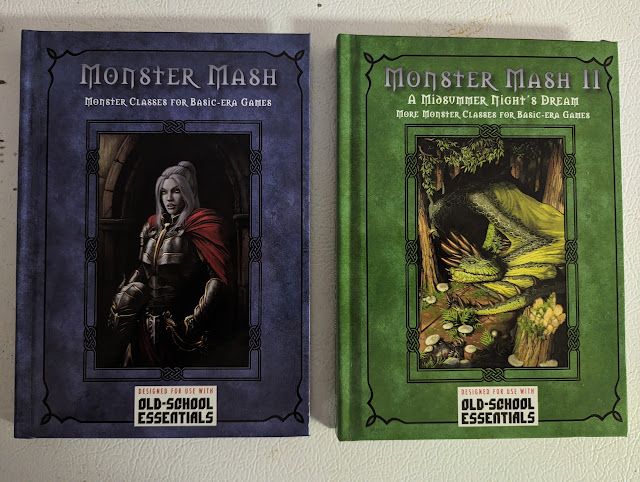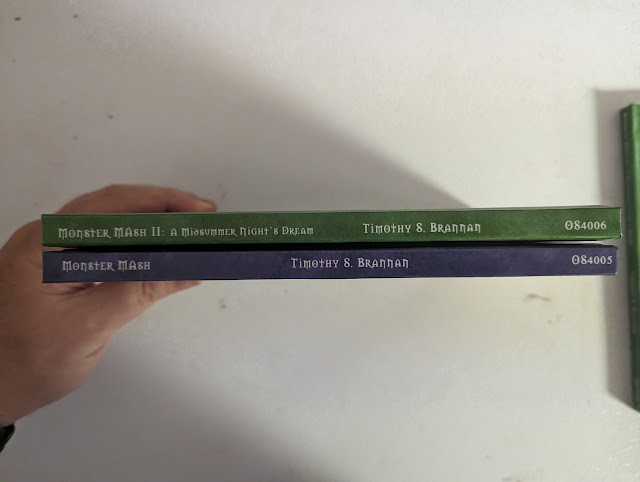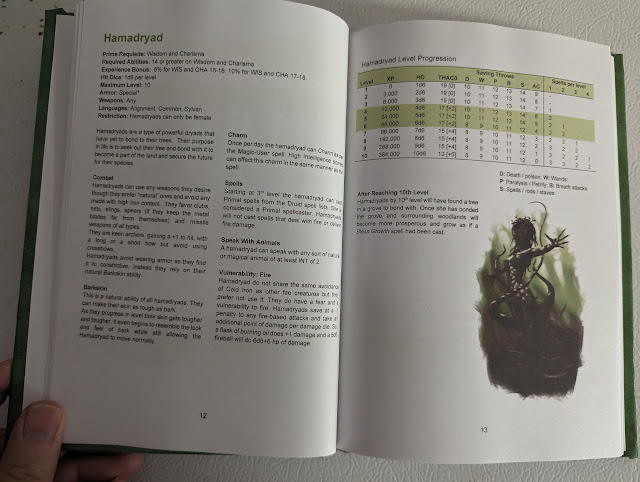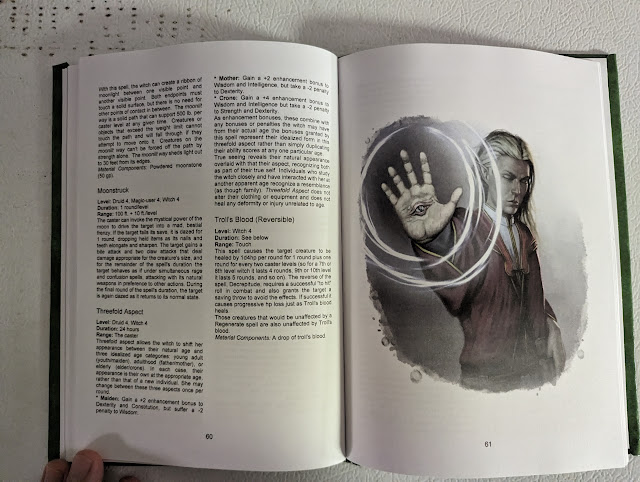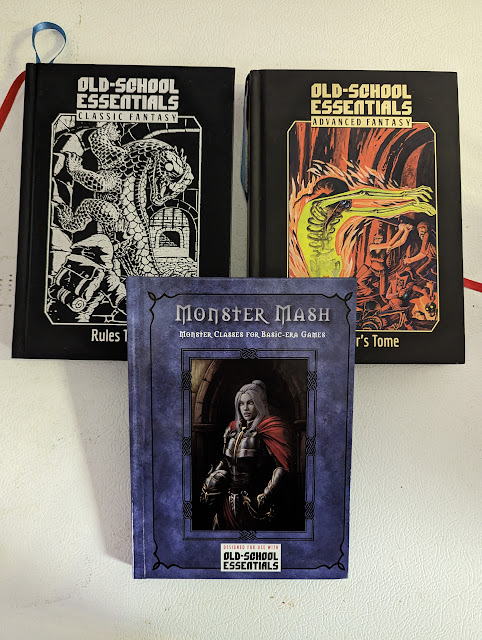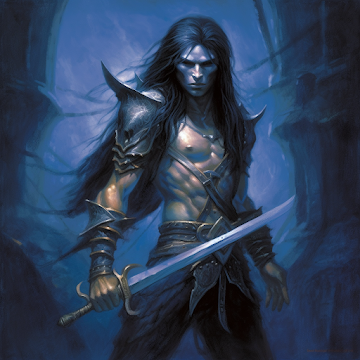Another sci-fi staple today and one that also fits in well with Doctor Who, Star Trek, and yes D&D. Today I want to discuss the Saurians.
Now these guys go by a variety of names, saurians, saurials, reptoids, reptilians, and more. But for the sake of argument I am making a distinction between these guys and the Ophidians of last week. While I typically cast the ophidians as typically all evil and descended from human snake cultists, the saurians (just to use one name) are mostly neutral, cold and calculating, and largely descended from the same era that gave us dinosaurs.
I do admit that I took a lot of notes from Professor Dale A. Russell's idea of a "Dinosauriod" creature. IT hit me at a very fertile time in my imagination; my growing love of all things science, my curiosity about UFOs and alien abduction theories, and of course, my love for D&D which was at an all-time high then. Throw in healthy amounts of Doctor Who (Silurians, Sea Devils, Draconians), Land of the Lost (Sleestaks), and Star Trek (Gorn, Saurians), and it makes a heady brew. I also discuss them, or their near-kin, in my various posts last year on Conspiracy Theories (Ancient Aliens, Cryptoterrestrial Hypothesis, Extraterrestrials on Earth).
D&D already had Lizard Men and, to a degree, other reptilians. They would later move Kobolds over to be more reptile-like (something I have worked around) and introduce more reptilian races that are even closer to this idea (Saurian, Saurial). We also get one of the "Big Bads" of the BECMI D&D line, the Carnifex, who works with this idea.
I used these guys for years but mostly just used Lizard Man stats. Over time I adapted them and changed them to what I mostly use today.
Saurian
Saurians are a reptilian race that came about around the time dinosaurs walked the world. They appear to be humanoid, but this is a case of convergent evolution; they have no biological relationship to the other humanoid species found in the world.
Saurians are divided into castes based on their roles in society. These castes are purely functional in nature, and while each caste feels they contribute more to their society than the others, all are required to make their society function.
- Workers - These are the vast bulk of the Saurian society. They perform the labor and all the tasks needed. They average 5' to 5½' in height and weigh 80lbs to 100lbs.
- Warrior - These Saurians are dedicated to battle and defending the Saurian tribes. They are prone to battle frenzy and blood lust. They average 7' to 8' in height and 250lbs to 325lbs.
- Noble - The ruling class of Saurians. Stand around 6' high and weigh 150lbs.
- Scientist - nearly indistinguishable from the Noble caste. Noted for the high intelligence.
- Psionicists - on the surface, they look like a Worker or Noble but are characterized by advanced psionic powers.
All saurians are reptilian with large forward-facing eyes. They have three fingers and a thumb on each hand. They also have broad, three-toed feet. Their skin tones can vary from green to pale to even near-pink. There is no color combination between castes; any color saurian can be born to any caste.
Females are slightly larger than males. There are no mammalian sexual characteristics, Saurians do not nurse their young, and males do tend to be more brightly colored. In the vision range of the Saurian eye these color differences are far more pronounced. Creatures with infravision can see these differences.
While many perceive the Saurians as evil, they are, in truth just very amoral when it comes to other life. They see all mammals as potential enemies and/or food.
Saurians are ancient enemies of the Ophidians and the Dragonborn.
Saurian Minds
Saurian reptilian brains work differently from that of mammals. This has a few effects when in regards to other creatures.
This makes giving them an alignment trickier. Slaughtering a group of humanoids, including the very young and very old, would be seen as an evil act by most creatures, but for the Saurians, it would be a necessary part of remaining alive and providing for their own tribe; an act they would view as good, even lawful. Many humanoids would chafe under their rigid caste system, but to a Saurian, it ensures that individuals are living up to their greatest potential. No Saurian would want a Scientist as a Warrior or a Noble as a Worker since they would all be very ill-suited for the jobs.
The other effect is one of magic. All saurians, regardless of caste, have a +2 bonus to saving throws on all mind-affecting magics. This includes Charm, Hold, Illusions, and Sleep spells. It also means they have a +1 on all saves on other magic except for those that deal direct damage. Even a healing spell cast on a Saurian must first be subject to a saving throw. If they make the save they are not healed.
Consequently, Saurians are not able to take levels in any magic using classes like Cleric, Magic-user, or Witch.
Saurian (Worker, Scientist, Noble)
Armor Class: 7
Hit Dice: 2+2 (11 hp), 3+3 (17 hp), 4+4 (22 hp)
Move: 120 (40)
Attacks: 1 by weapon
Damage: 1d6
No. Appearing: 2d10, 1d8, 1d6
Morale: 8, 10, 10
Treasure Type: None
Alignment: Neutral (True Neutral/Unaligned)
Saurians are a reptilian race of humanoids. They are born into a rigid caste system based on their biology. Each caste feels they contribute the most to their society, so inter-caste conflict is much rarer than intra-caste conflict.
The Worker, Scientist, and Noble castes are largely indistinguishable from each other to outsiders. The worker caste is the most numerous, and the nobles are a little taller.
Workers: These laborers handle all the labor in a Saurian tribe. This includes everyone from the ones that build homes to healers to those that care for eggs and hatchlings.
Scientists: Generalized by their higher intelligence and pursuit of ways to improve the Saurian people.
Nobles: The ruling caste of Saurians.
Since all saurian eggs are kept in hatcheries, there are no parent-child bonds but hatchmate bonds. So in this manner, a worker can claim kinship to a noble and visa-versa. These bonds are just as strong as any mammalian parent or sibling bond.
Saurian, Warrior
Armor Class: 7
Hit Dice: 8+2 (56 hp)
Move: 120 (40)
Attacks: 2 by weapon
Damage: 1d8+3 x2
No. Appearing: 1d8 (3d6)
Morale: 12
Treasure Type: None
Alignment: Neutral (True Neutral/Unaligned)
Saurian warriors are a caste unto themselves. The largest and healthiest hatchlings are trained from birth to be warriors whose only purpose in life is to defend the Saurian tribes. Warriors will fight among themselves to establish dominance and access to resources, but they will never attack anyone of the other castes. They find such ideas repugnant.
However, a Saurian warrior will have no qualms attacking a group of humanoids; young or old, as they only see mammals as potential food.
Hatchmate bonding is the strongest among the Warrior caste, with warrior Saurians dedicating their lives to protect their hatchmates.
Saurian, Psionist
Armor Class: 7
Hit Dice: 4 (18 hp)
Move: 120 (40)
Attacks: 1 by psychic attack
Damage: see below
Special: Psychic powers
No. Appearing: 1 (1d4)
Morale: 12
Treasure Type: None
Alignment: Neutral (True Neutral/Unaligned)
Psionic Saurians are the rarest and sit somewhat outside the Saurian caste system. They look like Noble or Scientist Saurians, if somewhat smaller. They are identified early, taken from their hatcheries, and raised only with other Psionic Saurians. Thus they have the weakest hatchmate bonds of all Saurians, and intra-caste violence between psionics is the highest of all castes.
Saurian Psionists have the following powers. These are not magic powers but instead are psychic in nature.
There are stronger psionists with more powers.
Note: The powers are not magical and cannot be detected or countered by magical means.

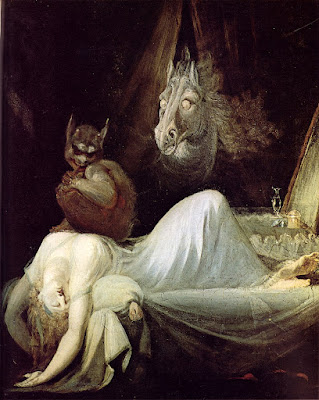



Fairy_Legends_p0239-dullahan.jpg)




